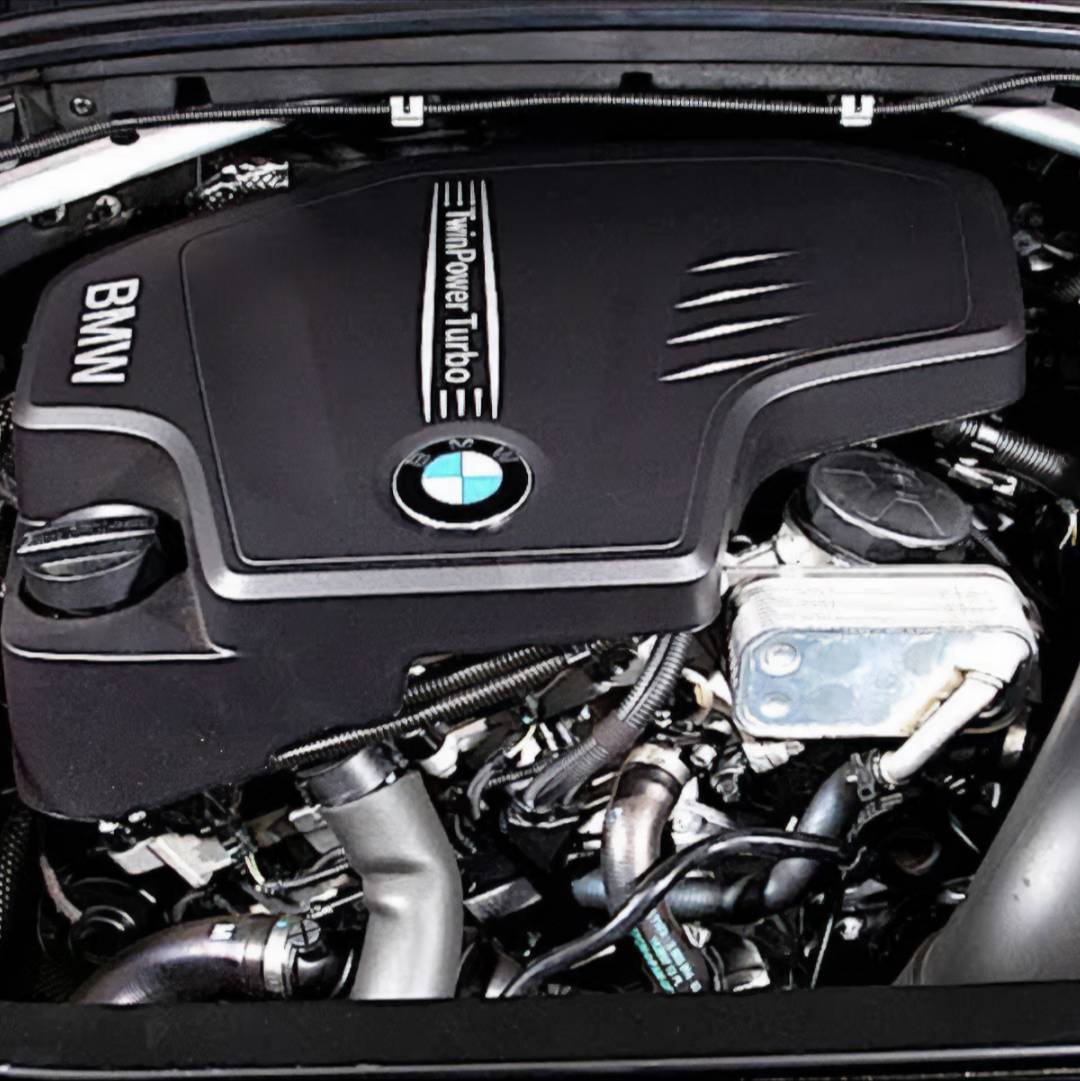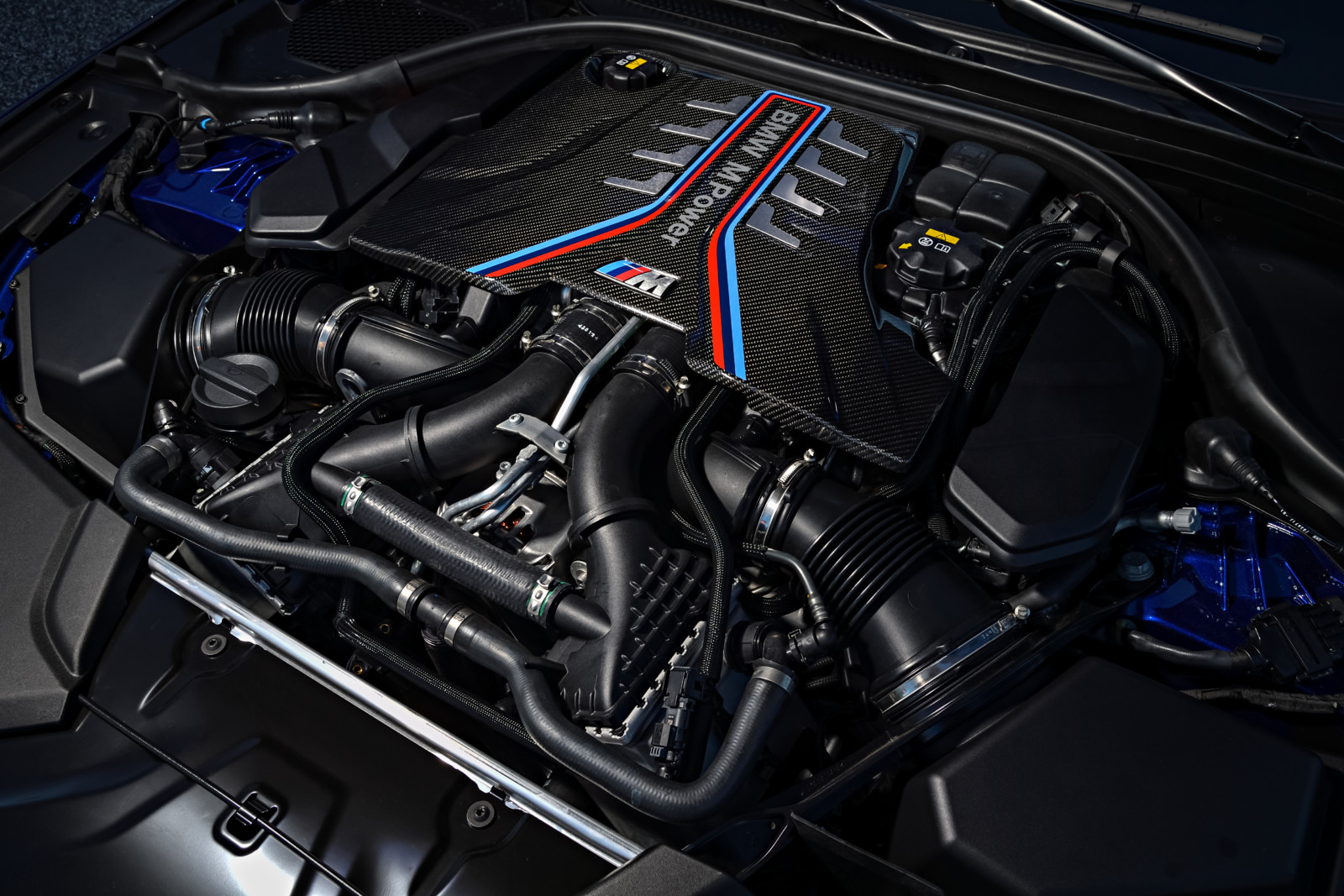Why the BMW Engine Is Thought About Among the very best in Deluxe Automobiles
Why the BMW Engine Is Thought About Among the very best in Deluxe Automobiles
Blog Article
Exploring the Advancement of Burning Engines in Modern Transportation Equipments
As we navigate the landscape of contemporary transportation, the development of burning engines stands as a testimony to human resourcefulness and design prowess. The interplay of history, innovation, and ecological worries in shaping the trajectory of burning engines creates a narrative that is both engaging and insightful.
Very Early Beginnings of Combustion Engines
Exactly how did the concept of combustion engines first arise in the early stages of transportation growth? The roots of burning engines can be traced back to the 17th century when the principles of inner burning were initial explored.
The breakthrough minute included the innovation of the initial successful gasoline-powered engine by Karl Benz in 1885 - bmw engine. This engine paved the method for the growth of the modern car, transforming transportation systems worldwide. Succeeding innovations by Nikolaus Otto and Gottlieb Daimler even more fine-tuned burning engine technology, resulting in the automation of cars and the quick expansion of the transport market
These very early burning engines were identified by their simpleness and efficiency, laying the foundation for the facility and effective engines used in contemporary transport systems. The development of combustion engines has actually been critical in shaping the method we take a trip and transport goods, noting a considerable turning point in the background of transportation growth.
Change to Internal Combustion Modern Technology
The transition to inner combustion innovation noted a pivotal shift in the development of transport systems. This change started in the late 19th century, with innovators like Nikolaus Otto and Gottlieb Daimler establishing the first successful interior combustion engines. These engines changed transportation by using a much more effective and efficient choice to heavy steam engines and electrical motors.
One of the key benefits of inner combustion engines was their capability to be scaled down to suit cars, resulting in the advancement of bikes and automobiles. This change from large, fixed engines to small, mobile ones led the way for the modern-day transportation systems we see today.
The transition to inner combustion innovation likewise spurred innovations in fuel innovation, resulting in the development of gas and diesel as key gas resources for cars. This shift not just made transportation extra obtainable to the masses yet also laid the foundation for the oil and gas market to end up being important to international economic climates.
Influence of Combustion Engines on Transport
The adoption of combustion engines in transportation systems militarized a profound change in the efficiency and rate of global flexibility. Burning engines reinvented transport by offering a functional and reputable resource of power for different vehicles, including autos, planes, vehicles, and ships. This technology substantially enhanced the capability for people and goods to move over lengthy ranges in shorter period, causing increased connection in between areas and countries.
Furthermore, the extensive use burning engines has had a significant effect on financial advancement. The capability to transport items efficiently has actually stimulated trade and commerce, allowing services to published here expand their markets and reach customers worldwide. This has assisted in financial growth and globalization, as items can now be transferred quicker and in larger quantities than ever.
However, the ecological impact of combustion engines can not be neglected. The combustion of nonrenewable fuel sources has actually led to air pollution and greenhouse you can look here gas emissions, contributing to climate adjustment and presenting wellness risks to populations. bmw engine. Consequently, there is an expanding emphasis on developing different propulsion technologies to alleviate these adverse impacts and produce a much more sustainable future for transport
Advancements in Combustion Engine Layout
One noteworthy innovation is the advancement of turbocharged engines, which use exhaust gases to drive a generator that compresses incoming air, allowing for more fuel to be burned, resulting in boosted power result without a considerable boost in engine size. Variable shutoff timing systems have actually likewise transformed engine layout by maximizing air flow at different engine speeds, enhancing both power and performance. These advancements jointly add to the continual improvement of burning engines in modern transport systems.
Future Trends in Burning Engine Advancement
With modern technology developments driving continual advancement, the future of burning engine development is poised to reinvent transport systems worldwide. One of the vital trends in combustion engine advancement is the press towards greater performance and lowered emissions.
Another noticeable pattern is the adoption of hybrid modern technologies in combustion engines. Crossbreed engines integrate standard burning modern technology with electric power, providing boosted fuel effectiveness and lower exhausts. As the automobile market shifts towards electrification, crossbreed combustion engines are seen as a transitional option that links the void in between standard vehicles and completely electric ones.
In addition, the integration of wise technologies, such as expert system and information analytics, is anticipated to play a substantial role in the future of burning engine advancement. These technologies can optimize engine performance in real-time, resulting in extra reliable combustion processes and improved overall car performance. Accepting these future fads will not just drive innovation in burning engine development however additionally contribute to a much more sustainable and ecologically friendly transportation ecological community.

Final Thought
To conclude, the evolution of this contact form burning engines in modern transport systems has been noted by considerable innovations in technology and design. From the very early beginnings of combustion engines to the transition to inner combustion modern technology, these engines have had a profound effect on transport. Technologies in burning engine style remain to drive progress in this field, with future fads concentrating on additional enhancing efficiency and decreasing emissions. The future of burning engines in transportation looks appealing as research study and development initiatives remain to press borders.
The roots of combustion engines can be mapped back to the 17th century when the principles of internal burning were very first discovered. These engines revolutionized transport by supplying an extra effective and powerful choice to steam engines and electrical motors.

Report this page